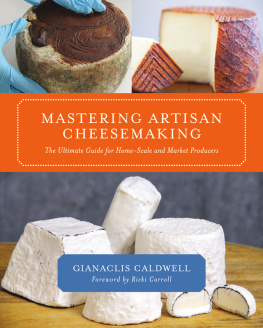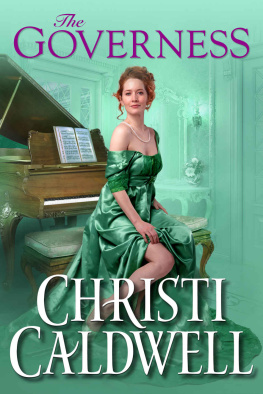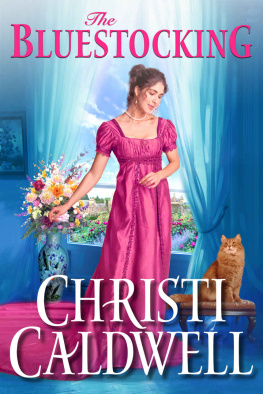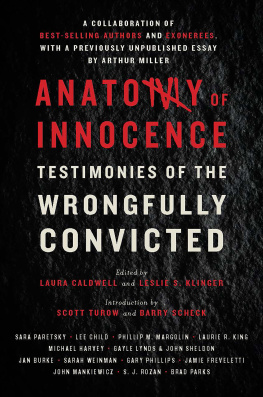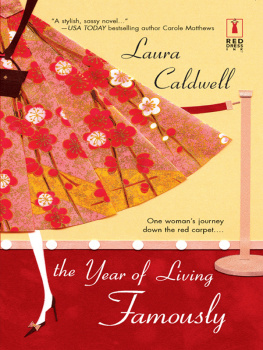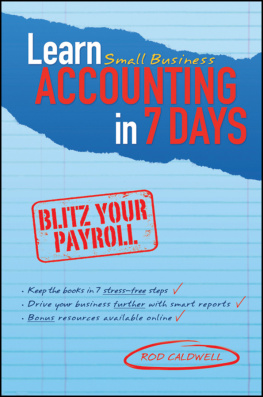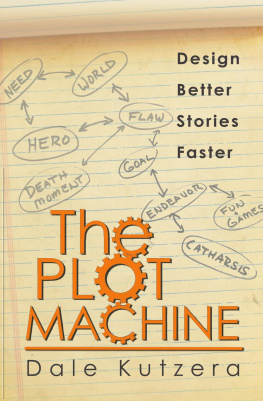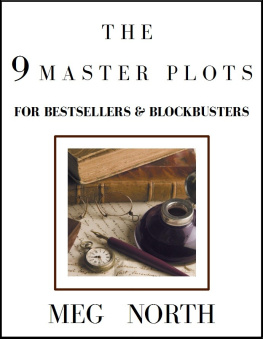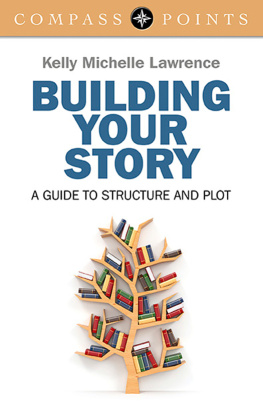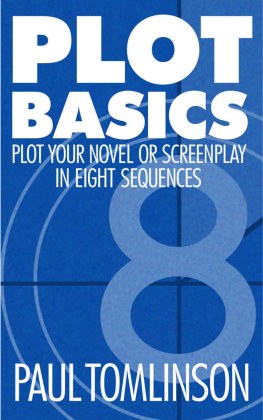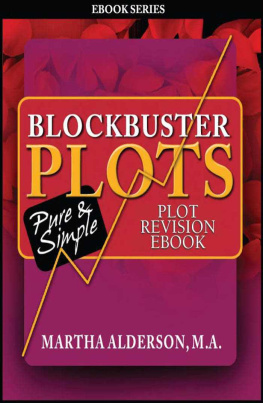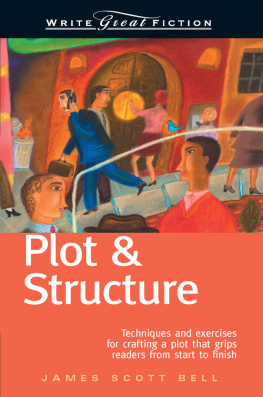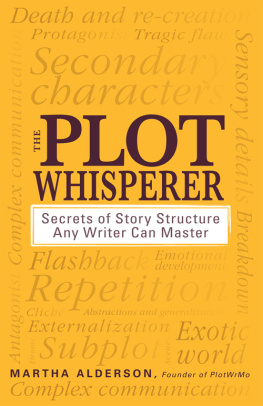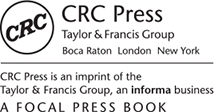Contents
Page List
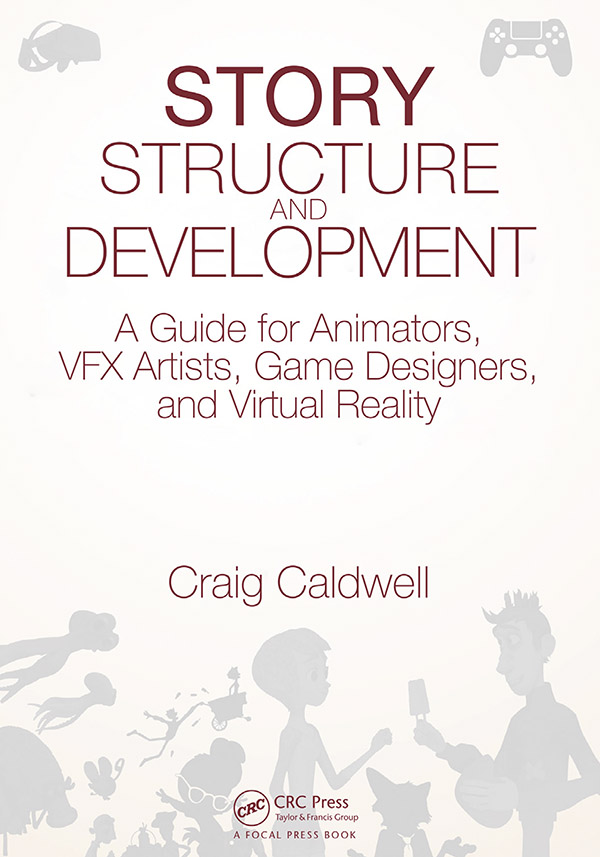
Story Structure and Development
A Guide for Animators, VFX Artists, Game Designers, and Virtual Reality
Story Structure and Development
A Guide for Animators, VFX Artists, Game Designers, and Virtual Reality
Craig Caldwell
CRC Press
Taylor & Francis Group
6000 Broken Sound Parkway NW, Suite 300
Boca Raton, FL 33487-2742
2017 by Taylor & Francis Group, LLC
CRC Press is an imprint of Taylor & Francis Group, an Informa business
No claim to original U.S. Government works
Printed on acid-free paper
International Standard Book Number-13: 978-1-4987-8173-2 (Paperback) 978-1-138-70835-8 (Hardback)
This book contains information obtained from authentic and highly regarded sources. Reasonable efforts have been made to publish reliable data and information, but the author and publisher cannot assume responsibility for the validity of all materials or the consequences of their use. The authors and publishers have attempted to trace the copyright holders of all material reproduced in this publication and apologize to copyright holders if permission to publish in this form has not been obtained. If any copyright material has not been acknowledged please write and let us know so we may rectify in any future reprint.
Except as permitted under U.S. Copyright Law, no part of this book may be reprinted, reproduced, transmitted, or utilized in any form by any electronic, mechanical, or other means, now known or hereafter invented, including photocopying, microfilming, and recording, or in any information storage or retrieval system, without written permission from the publishers.
For permission to photocopy or use material electronically from this work, please access www.copyright.com (http://www.copyright.com/) or contact the Copyright Clearance Center, Inc. (CCC), 222 Rosewood Drive, Danvers, MA 01923, 978-750-8400. CCC is a not-for-profit organization that provides licenses and registration for a variety of users. For organizations that have been granted a photocopy license by the CCC, a separate system of payment has been arranged.
Trademark Notice: Product or corporate names may be trademarks or registered trademarks, and are used only for identification and explanation without intent to infringe.
Library of Congress Cataloging-in-Publication Data
Names: Caldwell, Craig, author.
Title: Story structure and development : a guide for animators, VFX artists, game designers, and virtual reality / Craig Caldwell.
Description: Boca Raton : Taylor & Francis, a CRC title, part of the Taylor & Francis imprint, a member of the Taylor & Francis Group, the academic division of T&F Informa, plc, [2017] | Includes bibliographical references.
Identifiers: LCCN 2016048892| ISBN 9781498781732 (pbk. : alk. paper) | ISBN 9781138708358 (hardback : alk. paper)
Subjects: LCSH: Video games--Authorship. | Virtual reality. | Online authorship. | Computer animation.
Classification: LCC GV1469.34.A97 C35 2017 | DDC 794.8--dc23
LC record available at https://lccn.loc.gov/2016048892
Visit the Taylor & Francis Web site at
http://www.taylorandfrancis.com
and the CRC Press Web site at
http://www.crcpress.com
Dedicated to
Dee, Ryan, and Joanna
Contents
Craig Caldwell is USTAR (Utah Science Technology and Research) professor in digital media, University of Utah. Having worked for Walt Disney Feature Animation and Electronic Arts games he has extensive experience in the industry approach to creating animation and games. Caldwell has been a co-founder and arts director for one of the top-ranked interactive games programs, Entertainment Arts and Engineering (EAE University of Utah) with its numerous award winning games. He has served as head of the largest film school in AustraliaGriffith Film School, Griffith University as well as chair of the Media Arts Department and associate director of the New Media Center at University of Arizona; as well as having been selected as a DeTao Master, Institute of Animation and Creative Content on the SIVA campus, Shanghai, China. Caldwell speaks frequently on story at major conferences such as SIGGRAPH, FMX, Sundance, CCG Expo, and Mundos Digitales. He earned his PhD from the Advanced Computing Center for Art and Design, Ohio State University.
Every day we tell each other stories, but these are not the dramatic stories we see in the movies or encounter in interactive games. Dramatic stories are more than just what is happening they are about why things are happening and how it affects the viewer.
The dictionary definition of story is a sequence of events . Dramatic stories are still a sequence of events, but the fundamental difference is that they are a sequence of connected events. Many years ago, E. M. Forster ( The emphasis moves from what happened to why it happened.
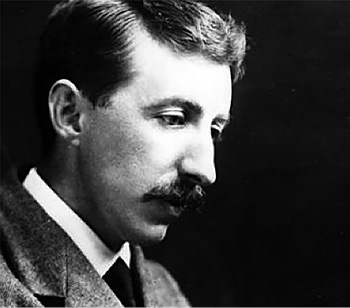
Figure 1.1
E. M. Forster, novelist.
Stories connect audiences to what individuals think, and what cultures value. The important questions in a story are: What do people want? Why do they want it? How do they go about getting it? What stops them? What are the consequences? These are fundamental. Dramatic stories are about a main character, who goes after something but it gets increasingly difficult (conflict) and by the end, they are changed, and see the world differently.
The Why underscores how we use a story to understand life; why things work the way they do. Stories aid human beings in their search for meaning; to make sense of why we are alive. They give us a perspective on priorities in our lives. For generations, cultures have proposed answers to these questions through myths ( Today, we get this information through novels, movies, animation, and interactive games. In dramatic stories, we see a main character that (1) has a problem which cant be avoided, (2) is faced with difficult choices, and (3) which has serious consequences if they are not successful.
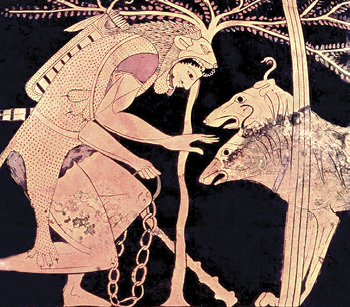
Figure 1.2
Ancient mythology.
Today, audiences have even higher expectations from dramatic stories. Joseph Campbell, author of the Heros Journey story structure, emphasizes that audiences have evolved from searching for clues on the meaning of life to additionally seeking an experience of being alive in stories. ).
We are trying to find what we hope the audience will feel while watching this movie. Every other department is on board the environment, the coloring, the lighting, the animation, to make the strongest possible statement; that when people are in a theatre they are going to Wow, this is something special, this is something that affected me .
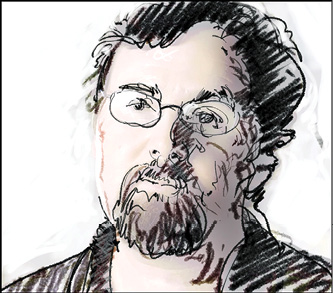
Figure 1.3
Joe Ranft, Head of Story, Pixar, 19902005.
Linda Seger (
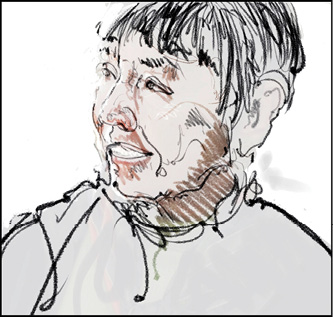
Figure 1.4
Linda Seger, story consultant and author of Making a Good Script Great , Samuel French Trade, 1987.


